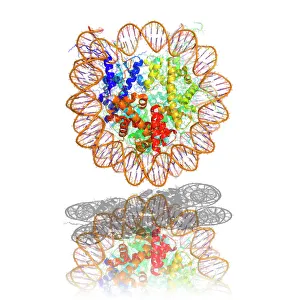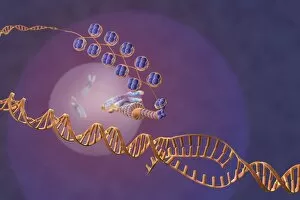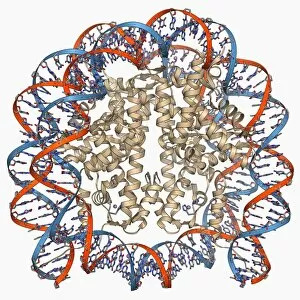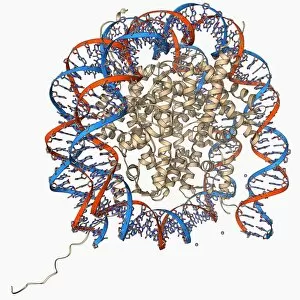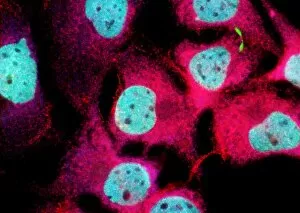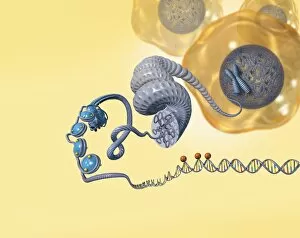Histones Collection
Histones are the unsung heroes of our genetic code, playing a crucial role in DNA packaging and gene expression
All Professionally Made to Order for Quick Shipping
Histones are the unsung heroes of our genetic code, playing a crucial role in DNA packaging and gene expression. These tiny proteins form the building blocks of nucleosomes, which are like molecular spools that wrap around our DNA. Picture a tightly wound thread on a reel - that's how histones protect and organize our genetic material. In the intricate dance of life, each nucleosome molecule acts as a hub for approximately 147 base pairs of DNA to coil around it. This elegant arrangement not only condenses our lengthy DNA strands but also ensures their accessibility when needed. It's like having an organized library where books can be neatly stacked yet easily retrieved. Gene expression is where histones truly shine. By modifying these proteins through various chemical tags, they can either loosen or tighten their grip on DNA. Think of it as turning up or down the volume knob on specific genes, allowing them to be read or silenced accordingly. Through this dynamic interaction between histones and DNA, cells orchestrate complex processes such as development, growth, and response to environmental cues. It's akin to an artist skillfully painting strokes onto a canvas – except here, nature itself is creating masterpieces within every cell. The visual representation of histone-DNA interactions showcases their mesmerizing beauty: delicate molecular models capturing the essence of these vital players in our genome orchestra. The intertwined elegance reminds us that even at this microscopic level, there is artistry in science. So next time you marvel at your own existence or ponder the wonders of life itself, spare a thought for histones – those unassuming proteins silently shaping our genetic destiny with precision and grace. They may not have their own company name plastered across billboards but make no mistake; they hold immense power over who we are and what we become.

